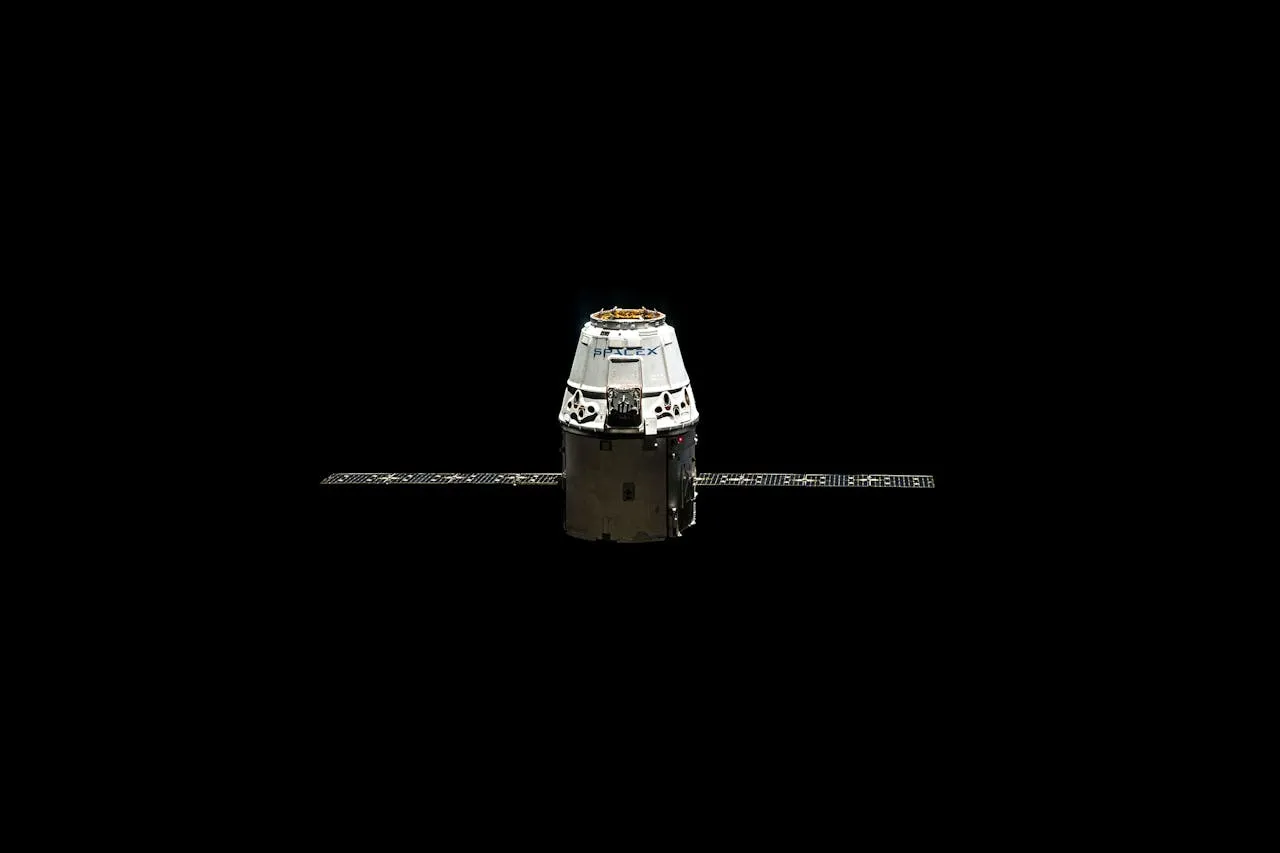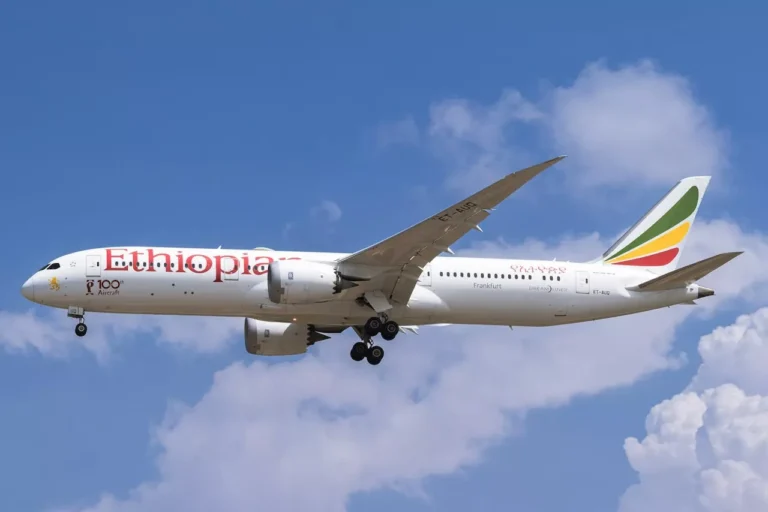
Space Flight Laboratory (SFL) Completes Aspera Space Astrophysics Microsatellite Bus Assembly, Moves Towards Integration and Launch in 2026
The Space Flight Laboratory (SFL) has reached a significant milestone in the development of the Aspera space astrophysics mission, completing the assembly of the microsatellite bus. This milestone brings the mission closer to its ambitious goals of advancing our understanding of the universe. The spacecraft is now ready for integration with the far-ultraviolet (far-UV) Aspera telescope being developed by the University of Arizona. The integration and testing of the instrument and spacecraft will take place at SFL’s Toronto facility later this year, with the launch scheduled for early 2026.
Aspera, a pioneering NASA-funded astrophysics mission, is set to explore one of the most elusive and unexplored regions of space: the circumgalactic medium. This region, which surrounds galaxies, has long been a mystery to astronomers. By focusing on the hot gases within this medium, the Aspera mission aims to understand the formation and evolution of galaxies, providing critical insight into the very fabric of the universe. The project is led by the University of Arizona’s Department of Astronomy & Steward Observatory, with support from NASA’s Astrophysics Pioneers Program.
Dr. Robert E. Zee, Director of SFL, expressed pride in the team’s role in advancing such a challenging and cutting-edge space astrophysics mission: “SFL is proud to play a part in a mission that pushes the boundaries of space exploration and will contribute to our understanding of how the universe formed. Our team has worked diligently to develop the Aspera mission using our 60-kg DEFIANT microsatellite platform, which is the backbone of the spacecraft’s design.”
The Aspera Mission: A Bold Exploration of the Universe’s Origins
The name Aspera derives from the Latin word meaning “difficulty” or “hardship,” reflecting the challenges associated with the mission’s objectives. Observing the hot gases within the circumgalactic medium has proven to be a significant challenge for astronomers, and Aspera may be the first mission to successfully achieve this feat.

Prof. Carlos J. Vargas, an astronomer at the University of Arizona and Principal Investigator of the Aspera mission, emphasized the importance of the circumgalactic medium in the context of astrophysics. “We know there must be some amount of matter in the universe,” Vargas explained. “We’ve looked for it and still can’t find most of it. It’s likely in this circumgalactic medium. Why is that important? Because every star that has formed, every planet that has formed, and all life on those planets must come from matter somewhere. The circumgalactic medium may hold the key to unlocking that mystery.”
The Aspera mission will use far-UV observations to study the gas surrounding galaxies, providing unprecedented insights into the material that plays a critical role in galaxy formation. The data collected by the spacecraft will help astronomers piece together the complex history of galaxies and better understand the origins of the matter that makes up stars, planets, and even life itself.
Precision Pointing: A Key Element of Success
A critical aspect of the technical success of the Aspera mission is the precision required to point the onboard telescope. The spacecraft must be capable of extremely precise pointing in order to accurately capture the far-UV light emitted by the circumgalactic medium. This is where SFL’s expertise in small satellite technology comes into play.
SFL has long been recognized as a leader in the development of small satellites with highly stable attitude control systems. These systems enable the precise pointing of sensors on low-mass spacecraft, which is crucial for missions like Aspera that require a high degree of accuracy. SFL’s ability to develop and refine these systems has been key to its success in space astrophysics, Earth observation, RF signal detection, and atmospheric monitoring missions.
Vargas credits the revolution in small satellite technology for making the Aspera mission financially viable. “Just a decade ago, a mission like Aspera would not have been feasible with traditional, larger satellites,” he said. “The small satellite revolution has made it possible to conduct big science on smaller, more affordable platforms. Thanks to our partnership with SFL, we are able to carry out this groundbreaking mission.”
SFL’s Track Record: A Legacy of Small Satellite Innovation
SFL’s success with small satellite missions has been built over years of experience. Since its founding in 1998, the laboratory has developed and launched 86 operational small satellites, collectively amassing more than 370 years of operational experience in orbit. SFL’s microsatellites have been used for a diverse array of applications, including space astrophysics, Earth observation, and atmospheric research.
Currently, SFL is developing 21 additional spacecraft, demonstrating its continued leadership in the small satellite industry. The laboratory offers a comprehensive range of satellite platforms, from nano- to micro- to small satellites, with capabilities ranging from 3 to 500 kilograms. SFL’s platforms are known for their high performance, low cost, and reliability—key factors that make them ideal for a wide variety of mission types.
The DEFIANT microsatellite platform, which is the foundation of the Aspera spacecraft, is one of the most advanced platforms developed by SFL. With a focus on high-performance payload integration, advanced power systems, and sophisticated attitude control, the DEFIANT platform has been successfully used in a number of complex missions. Its proven track record in space makes it an ideal platform for the demanding requirements of the Aspera mission.
SFL: Pushing the Boundaries of Satellite Technology
SFL is known for its ability to build high-performance small satellites at a fraction of the cost of traditional, larger satellites. The laboratory has built a reputation for delivering reliable spacecraft that are ready for launch on time and on budget. The company’s Flex Production program enables NewSpace companies to produce small satellites in large quantities, making space exploration more accessible to a broader range of organizations.
In addition to its expertise in satellite development, SFL also arranges global launches and provides mission control services. With ground stations located worldwide, SFL ensures that its spacecraft remain in constant communication with mission control, allowing for real-time monitoring and adjustments as needed.
Dr. Zee highlighted the importance of SFL’s work in enabling future space exploration missions: “Our pioneering efforts in small satellite technology are helping to pave the way for cost-effective space missions in the future. As space exploration becomes more ambitious, the capabilities of smaller, more affordable spacecraft will continue to play a crucial role in the development of satellite constellations and other space infrastructure.”
The Future of the Aspera Mission and Space Astrophysics
Aspera’s successful integration and launch will mark a new chapter in the field of space astrophysics. By studying the circumgalactic medium, the mission will provide answers to fundamental questions about the formation and evolution of galaxies. This data will not only enhance our understanding of the universe’s origins but also provide new insights into the nature of matter and energy in space.
The precision and reliability of the Aspera spacecraft, combined with the advanced technology developed by SFL, ensure that the mission will be able to achieve its ambitious scientific objectives. The collaboration between SFL, the University of Arizona, and NASA is a testament to the power of partnerships in advancing space exploration.
As we look to the future, the success of missions like Aspera will pave the way for more innovative space exploration projects, many of which will rely on small satellites to carry out complex scientific investigations. SFL’s leadership in the small satellite industry positions it as a key player in this rapidly evolving field, ensuring that the next generation of space missions will be more affordable, efficient, and impactful than ever before. For more information about the Space Flight Laboratory and its satellite platforms, visit SFL Satellite Platforms Overview.
About Space Flight Laboratory (SFL)
Founded in 1998, the Space Flight Laboratory (SFL) is a leader in the development of small, cost-effective satellites that push the boundaries of space technology. Specializing in high-performance, low-cost small satellites, SFL has completed 86 operational missions and is currently developing 21 additional spacecraft. The laboratory’s expertise spans a variety of mission types, from space astrophysics and Earth observation to RF signal detection and atmospheric monitoring. With a focus on innovative satellite platforms, global launches, and comprehensive mission control services, SFL is at the forefront of the NewSpace revolution, helping to enable the next generation of satellite missions and space exploration.




